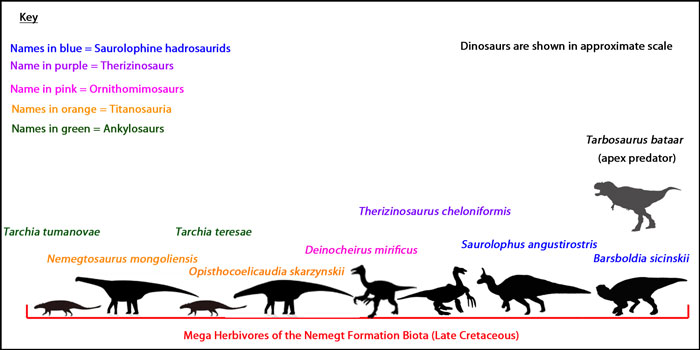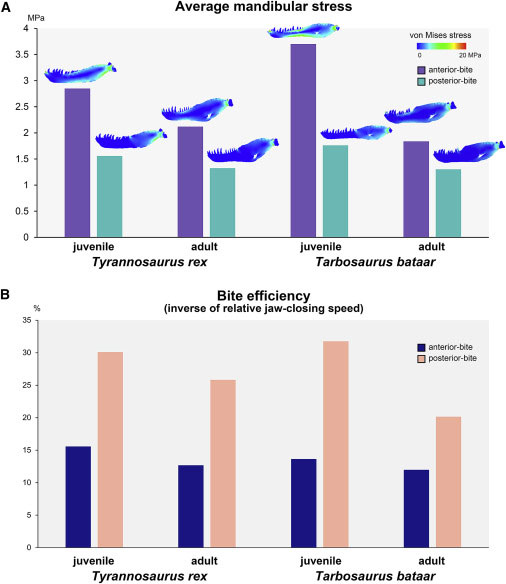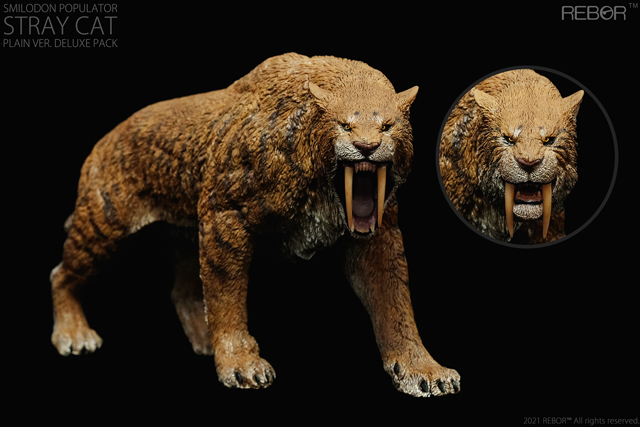Ancient Relative of Velociraptor from the Isle of Wight
Researchers from the University of Bath and the University of Portsmouth have identified a new species of Early Cretaceous dromaeosaurid from fragmentary fossils found on the Isle of Wight. The new dinosaur, a distant relative of Velociraptor has been named Vectiraptor greeni and it is estimated to have been around 2.5 to 3 metres in length, powerfully built and although not the largest theropod associated with the Wessex Formation it would have been a formidable predator.

A life reconstruction of the newly described dromaeosaurid Vectiraptor greeni. This powerfully built predator may have been able to climb trees. Picture credit: Gabriel Ugueto.
Picture credit: Gabriel Ugueto
Fossil Teeth Hinted at the Presence of Dromaeosaurids
Fossil teeth found on the Isle of Wight hinted at the presence of a large dromaeosaurid, but no large dromaeosaur bones had been discovered. The only dromaeosaur known from the Isle of Wight is the much smaller Ornithodesmus (O. cluniculus), which was once thought to represent a primitive bird but has been assigned to the Dromaeosauridae.
Local amateur fossil collector Mick Green discovered the bones on the foreshore of Compton Bay on the south coast of the island back in 2004. They had been washed out of the cliffs and they remained entombed in their matrix until in 2012 Mick gave up fossil collecting due to ill health and decided to spend more time cleaning and preparing the fossils that he had found.
They were shown to palaeontologists Megan Jacobs (University of Portsmouth) and Dr Nick Longrich (University of Bath) and this led to the material, which consists of three dorsal vertebrae and a partial sacrum, being taken away for further analysis. The genus name translates from the Latin as “Isle of Wight thief” and the species name honours Mick Green.

Although fragmentary and eroded the vertebrae demonstrate a combination of features found only in the Dromaeosauridae, including relatively short and massive vertebrae, tall neural spines, and facets for the ribs set on long stalks. Picture credit: University of Bath.
Picture credit: University of Bath
Early Cretaceous Predator
Bigger theropods have been discovered such as the tyrannosauroid Eotyrannus and the carcharodontosaurid Neovenator. Recently, two large spinosaurids were reported: Two New Spinosaurids Described from the Isle of Wight.
Vectiraptor may have roamed the forests and avoided large open areas where other, larger predators lurked. With strong arms and talons, it may have climbed trees like modern leopards. The heavy bones suggest an animal that relied less on speed and more on strength, and perhaps ambushes, to tackle its prey.
Lead author of the paper, Dr Nick Longrich (University of Bath) stated:
“This was a large, and very heavily constructed animal. The bones are thick-walled and massive. It clearly didn’t hunt small prey, but animals as large or larger than itself.”

Wessex Formation outcrops at Compton Bay on the Isle of Wight where the Vectiraptor fossils were discovered. Picture credit: University of Bath.
Picture credit: University of Bath
Dinosaur Dispersal
Vectiraptor resembles Early Cretaceous eudromaeosaurs from North America such as Deinonychus, suggesting a faunal exchange between Europe and North America. The diverse Early Cretaceous dinosaur assemblage found in England and Europe resulted from dispersal from North America, Asia, and West Gondwana, likely involving both land bridges and oceanic dispersal. Europe likely served as a biotic crossroads in the Early Cretaceous, allowing faunal interchange between landmasses.
Picture credit: Dr Nick Longrich
Dr Longrich added:
“It’s a tantalising hint at the diversity of dinosaurs in England at this time. There’s an extraordinary diversity of dinosaurs known in England in the Cretaceous and even after more than a century of study, we continue to find new species.”

Dromaeosaurids closely related to Vectiraptor have been found in North America and Asia suggesting that during the Early Cretaceous southern England was an important dispersal route for dinosaurs. Picture credit: University of Bath.
Picture credit: University of Bath
The First Large Dromaeosaur Known from the UK
This is the first time a large raptor has been found in the UK. Co-author of the study, Megan Jacobs (University of Portsmouth), commented:
“This dinosaur is incredibly exciting, adding to the huge diversity of dinosaurs here on the Isle of Wight, and helping to build a bigger picture of the Early Cretaceous world. This little dinosaur also serves as an excellent example of the importance of amateur fossil collectors, and how working with them can produce important scientific research, which would otherwise not be possible.”
Without the dedication of Mick Green and others like him, Vectiraptor would have been lost to the sea.
To read a recent Everything Dinosaur blog post about the discovery of a new species of ornithopod dinosaur from the Isle of Wight: New iguanodontid from the Isle of Wight.
Everything Dinosaur acknowledges the assistance of a media release from the University of Bath in the compilation of this article.
The scientific paper: “A new dromaeosaurid dinosaur from the Wessex Formation (Lower Cretaceous, Barremian) of the Isle of Wight, and implications for European palaeobiogeography” by Nicholas R. Longrich, David M. Martill and Megan L. Jacobs published in Cretaceous Research.
The Everything Dinosaur website: Dinosaur Models.





























